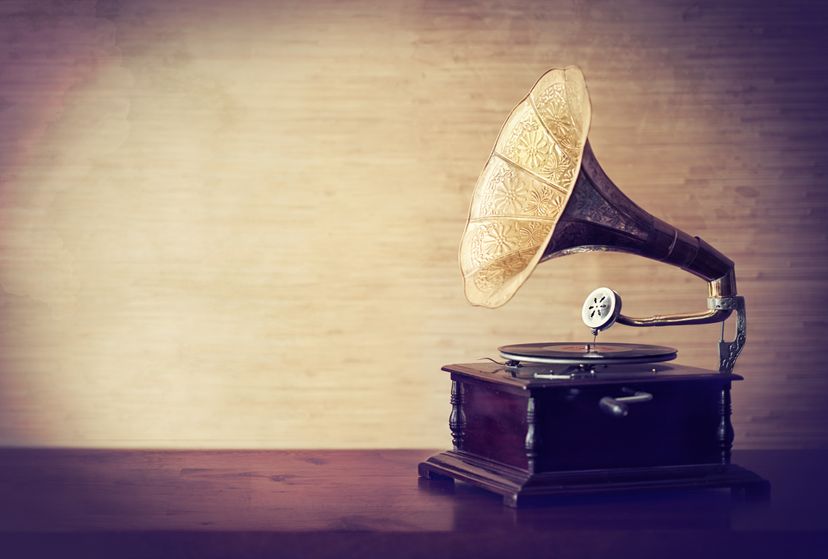Over time, the phonograph underwent significant improvements and advancements that enhanced its functionality and performance.
Flat Disc Phonographs
Early phonographs utilized rotating cylinders with recordings made on the surface, but these cylinders had limited storage capacity and were hard to produce on a large scale. However, the introduction of flat disc phonographs, like the gramophone, allowed for more efficient mass production and better sound quality.
Electrically Amplified Phonographs
Electrically amplified phonographs emerged in the early 20th century, around the 1920s. These new devices made sound louder and clearer, so listeners could hear everything better. They also improved the accuracy of the sound, making it truer to the source.
Long-play Vinyl Records
Decades later, engineer Peter Goldmark invented long-play vinyl records, which were more durable and had higher-quality recordings. These records provided a better listening experience with improved sound quality and the ability to enjoy music for longer periods without worrying about damage.
With the advent of digital technology, the phonograph transformed into modern record players and turntables that offered precise control over playback speed and allowed for the integration of advanced sound systems. Through ongoing innovation and technological advancements, the phonograph evolved from a mechanical device with limited capabilities to a sophisticated audio playback system that music enthusiasts continue to enjoy today.
